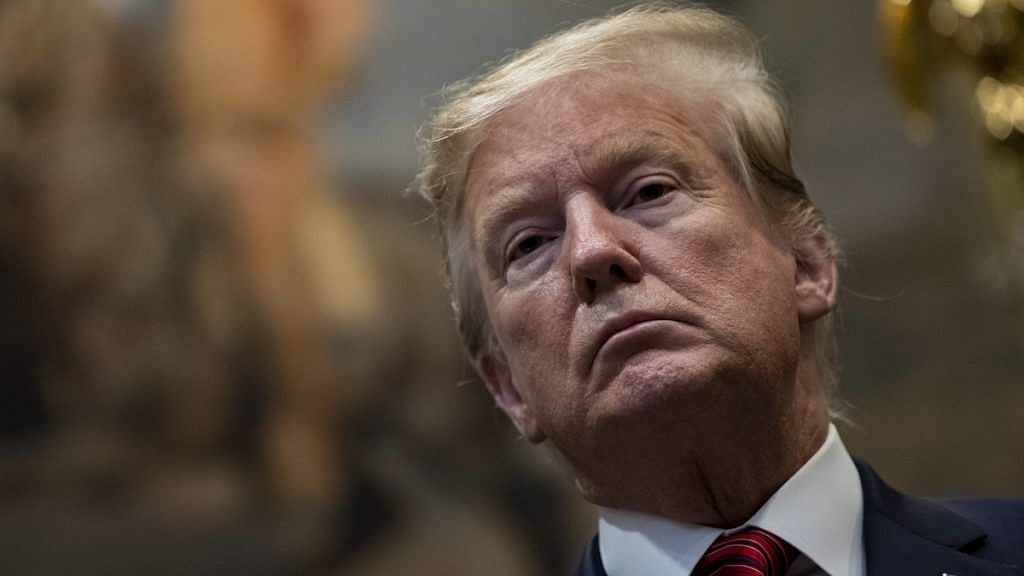New Delhi: As President Donald Trump signalled the intention of the US to withdraw the Generalised System of Preferences, commonly referred to as GSP, from India, ThePrint takes a look at the programme, its benefits and what it means now that it may be revoked.
What is GSP?
The Generalized System of Preferences is a US trade scheme which has been in place since 1 January, 1976. It was authorised by the US Trade Act of 1974 with the aim to promote economic growth in developing countries.
Under this scheme, the US grants some Indian exports, such as textiles and engineering goods, preferential or duty-free access to the American markets.
How has GPS benefitted India?
The benefits amount to a saving of around $200 million for India, according to the latest commerce ministry data.
India was getting a tariff preference on 5,111 products, or what are called tariff lines, out of 18,770 tariff lines in the US. However, the tariff advantage was 4 per cent and above on only 2,165 tariff lines.
Also read: As Trump withdraws GSP status, India puts ‘favourable’ trade package for US on hold
How will the suspension impact?
GSP is meant largely for those export-oriented sectors that are labour-intensive. So, if it is withdrawn, it will impact jobs. With the leaked NSSO data showing unemployment at a 45-year high, this is an important factor.
As the Federation of Indian Export Organisations points it, India is predominantly exporting intermediate and semi-manufactured goods to the US under the GSP. This has helped in cost-effectiveness and price competitiveness of the US downstream industry — that is, the manufacturing industry that uses inputs covered under GSP.
Therefore, withdrawal of GSP will also impact the competitiveness of many manufacturing sectors and will hit the consumers at the same time.
The US import price of most chemicals products that constituted a large chunk of India’s exports is expected to increase by about 5 per cent. The withdrawal of the GSP benefit will also hit the import diversification strategy of US, which is keen to replace China as the main supplier to other developing countries of merchandise goods.
What next?
The Office of the US Trade Representative (USTR) has said that it is keeping a window of 60 days open to review whether or not India should be given GSP. The USTR has come under pressure from US’ medical devices industry and dairy industry to take action on India.
The US medical devices and dairy products industries are miffed with India for taking steps such as capping of medical devices and not importing dairy products from the US.
But India has stated that it was negotiating a favourable trade package for the US, especially for its agricultural goods, which will now be put on hold till US makes a final decision on GSP.
Also read: Donald Trump attacks India on trade even as US seeks help from it to counter China
